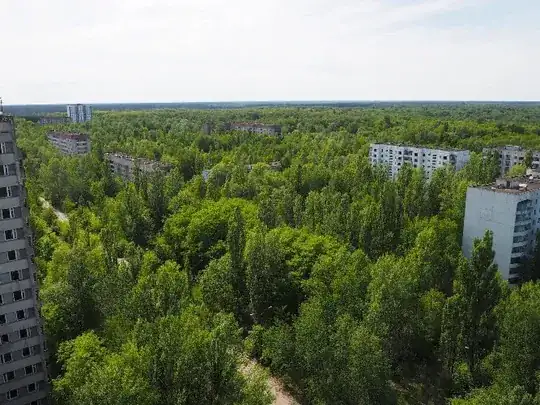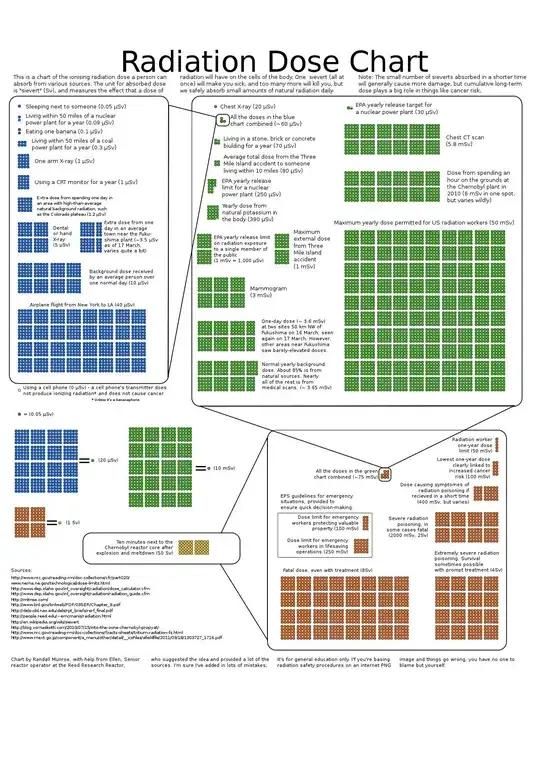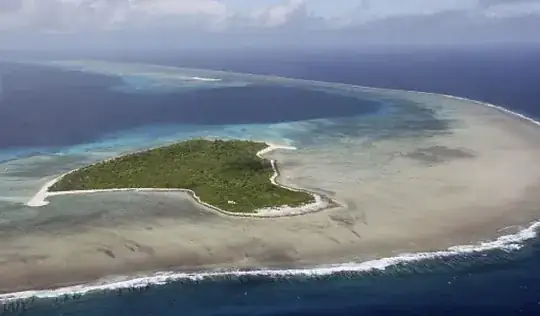Only a few things will be deadly radioactive after centuries, and they'll be naturally buried for you.
Let's split the radiation into two categories: near-instant death, and bad for your health long term.
In the instant death category; You only need to worry about very high grade things this far in the future: Bomb parts, reactor core parts, high level nuclear waste, fractured nuclear fuel rods, etc. These will be exceptionally rare, and these pieces of debris will be buried by rubble, dirt, or washed into the oceans by centuries of nature doing its thing.
So long as you dont go digging, and dont pick up the strange shiny thing at the bottom of the water, you'll be fine.
When someone finds something pretty underground and everyone nearby mysteriously dies, someone needs to sacrifice themselves and throw it in water (even 1m of water will absorb 99%+ of the radiation).
Regarding the "bad for long term health": You wont be able to detect it, and it wont matter.
A few centuries after a nuclear war, ground zero will still be contaminated at a level you or I might consider notable, but a viking society where life expectancy is 40-50 years isnt going to make much difference.
The ground being instant death goes away after about 5 years, after wards every additional year slightly increases how long you can be exposed to it before you get deadly consequences. After 500 years radiation would be back to between background rates and "oh you might get cancer in your 50s" rates.
Not a big issue to those who consider 50 old age.
Real example:
This is the Chernobyl dead zone 33 years later - it's safe enough you can visit the outskirts in a tourbus:

The absorbed dose of radiation in the exclusion area is between ~1.2 microsieverts per hour (10.5 millisieverts per year.) to 6 millisieverts per hour, depending on which tourist agency you visit, but this is expected to decay as the half-lifes of these products is measured in decades - Eg Caesium 137 halves every 30 years. After 210 years, it's 1/128th of the strength, so 6mSv becomes 40 microSieverts.
Chernobyl after 210 years would be 860 mSv per year. 270 years it'll be 215mSv. 100mSv in a year is the minimum value that has been shown to show an increase in cancer rates long term, but symptoms of (non-fatal) radiation poisoning won't appear at these levels.

By Randall Munroe - XKCD




